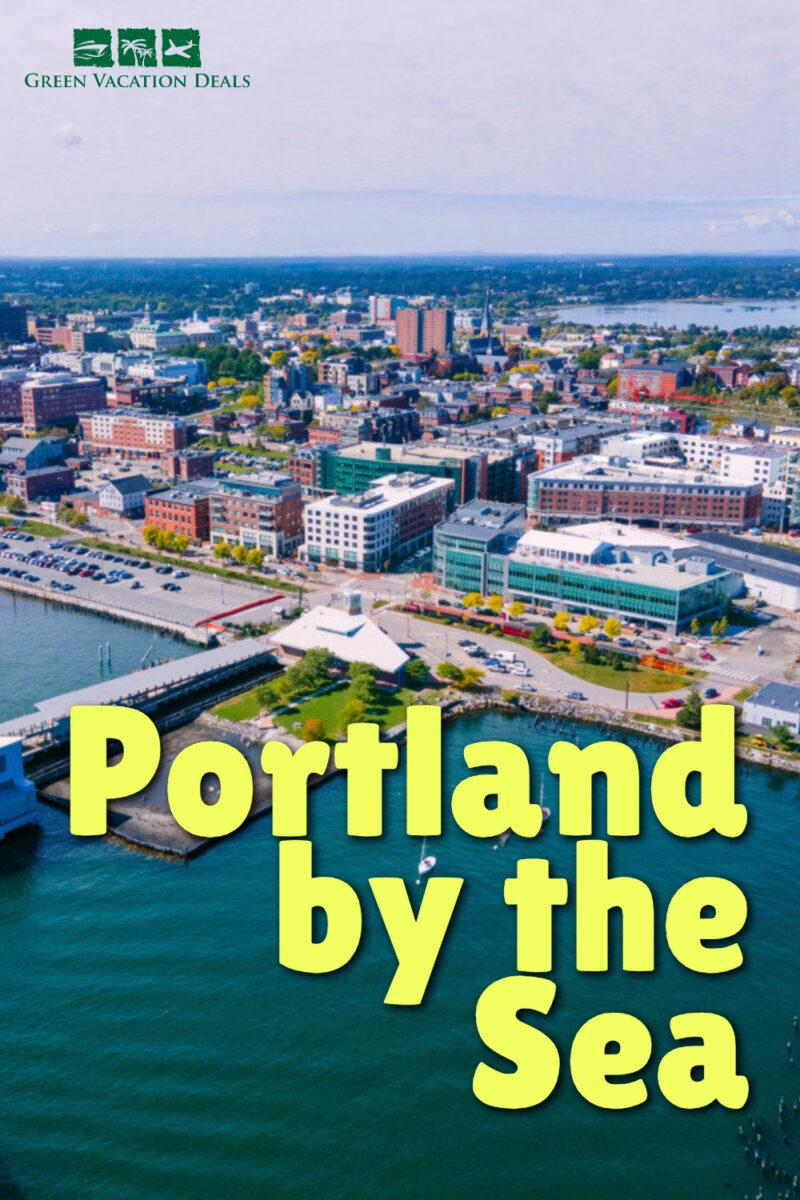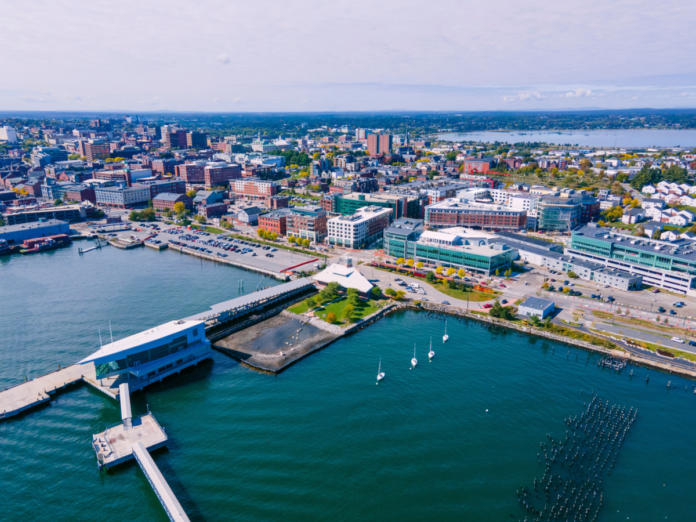If you click on the links in this post, we may earn money from the companies mentioned in this post, at no extra cost to you. You can read the full disclaimer here.
If your travel plans include a trip to Portland Maine, continue reading this Blog.
The City of Portland was settled by the English in 1632. It was originally called Falmouth, but the name was later changed to Portland, inspired by the Isle of Portland in England. The settlement faced numerous challenges, including attacks from Native Americans and the French during the colonial wars, particularly in 1675 and 1690.
Portland Maine had an easily accessible, ice-free harbor. Merchant ships carried lumber, fish, and even clear ice from Maine’s frozen lakes.
By 1806, Portland was the sixth-largest port in the United States. But it grew significantly during the 19th century. As the closest four-season American deepwater port to Europe, the city of Montreal was pivotal in this era of development.
During the winter months, Montreal’s port would freeze over. To maintain its trade with Britain and Europe, Montreal transported goods by rail to Portland, Maine, and then by ship to Europe.
Defense has played a key role in the harbor during war and times of national emergency. Several forts were constructed to guard the harbor in the 1800s, and during World War II, thanks to its relative proximity to Europe, Portland was the fifth largest center of naval activity in the U.S. it was homeport for Commander of Destroyers in the Atlantic Ocean — the fighting ships which guarded the North Atlantic convoys to Europe.
A shipyard in South Portland was one of the sites in the United States for the construction of Liberty Ships. At its peak, over 30,000 workers were employed.
In the early years of World War II, the 240th Coast Artillery Regiment of the National Guard was activated, and mines and anti-submarine nets were put in place to protect Portland Harbor, its shipbuilding facilities, and the anchored naval vessels. (On a personal note, the 240th Coast Artillery Regiment has a special connection for this writer. My father was a battery commander in the 240th during World War II stationed at Fort Williams. That is where he met my mother who was an Army Nurse. They got married and the wedding reception was held at the Nurses’ Quarters).
The Old Port (sometimes known as the Old Port Exchange) is a district of Portland, Maine, known for its cobblestone streets, 19th-century brick buildings and fishing piers. The district contains boutiques, restaurants and bars. The Old Port was revitalized in the 1970s when real estate developers purchased derelict buildings and refurbished them into apartments, condominiums, offices, and retail space. Completion of the Ocean Gateway project has enabled Cruise Ships to dock at the Old Port. Passengers can disembark and enjoy the Old Port area.
If you are a visitor to Portland Maine, this writer recommends you allocate a couple of days to explore the Old Port area and appreciate Portland by the Sea.
Saving Money When Visiting Portland
Looking to save money on your trip to Portland? Check out our Portland Budget Travel Guide.
Sources
1. Colonial Settlement of Maine- U-S-History.com+1
2. Early Development of Portland Harbor- U-S-History.com+1
3. Grand Trunk Railroad-Wikimedia Commons
4. The Role of Defense in Portland Harbor- Portland Harbor Museum.
5. Construction of Liberty Ships in South Portland-Maine History Online.
6. 240th Coast Artillery Regiment -Wikipedia.
7. The Old Port-Wikipedia.




